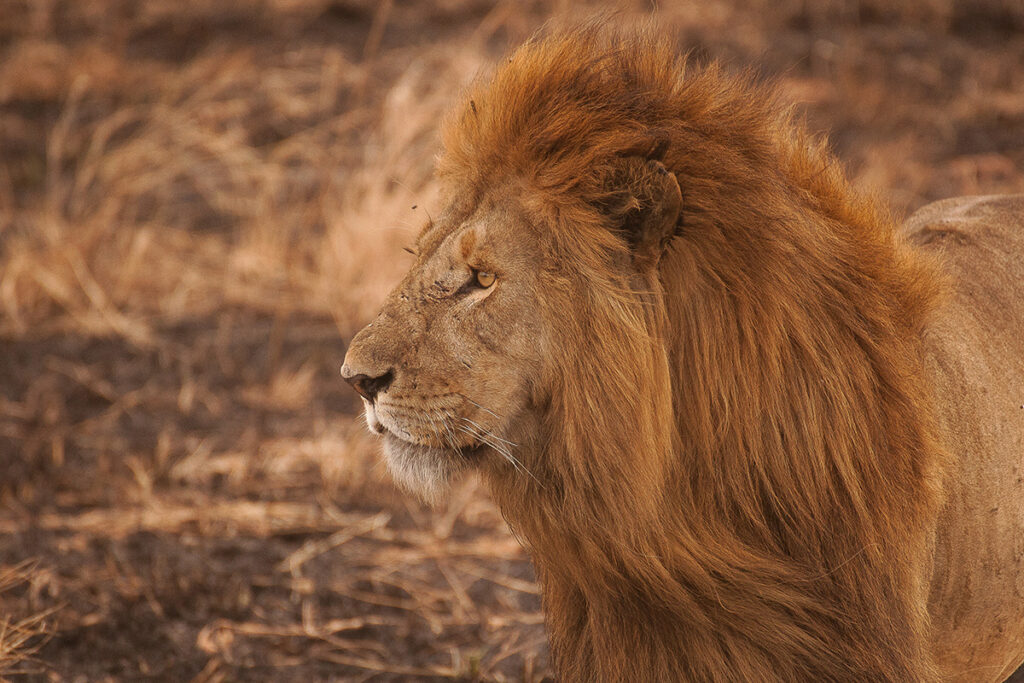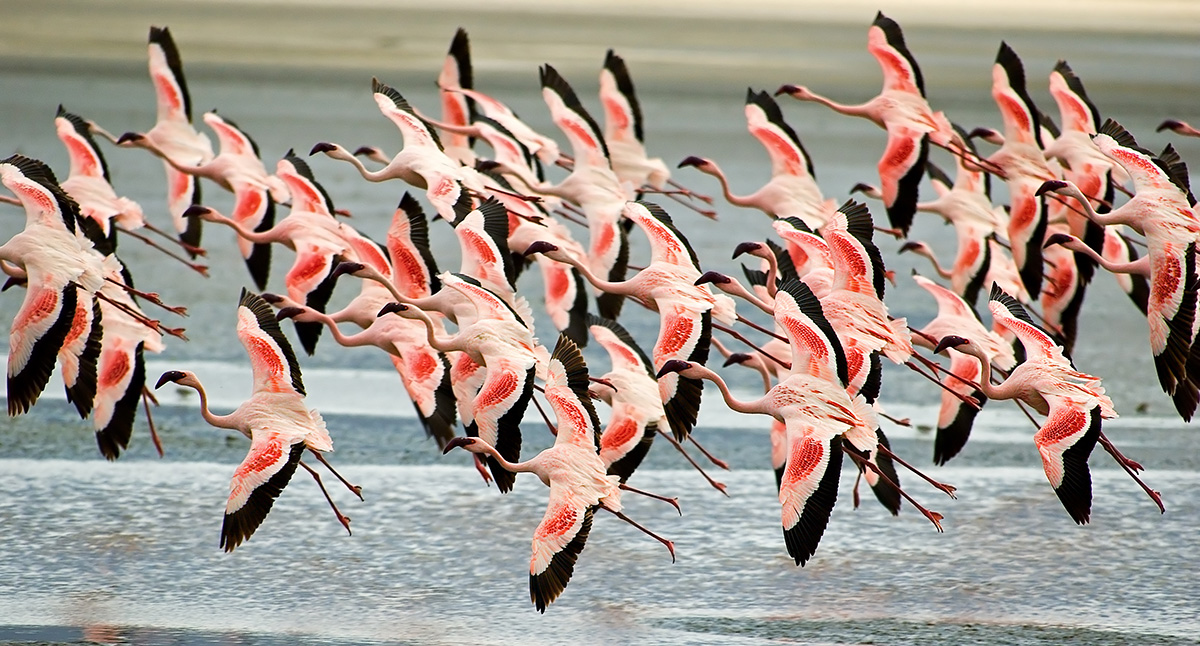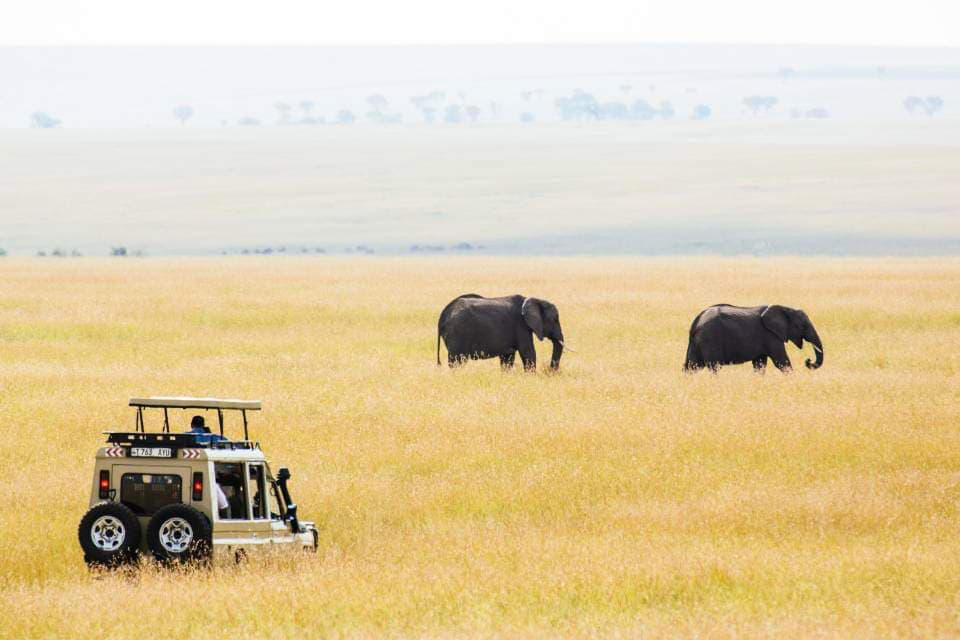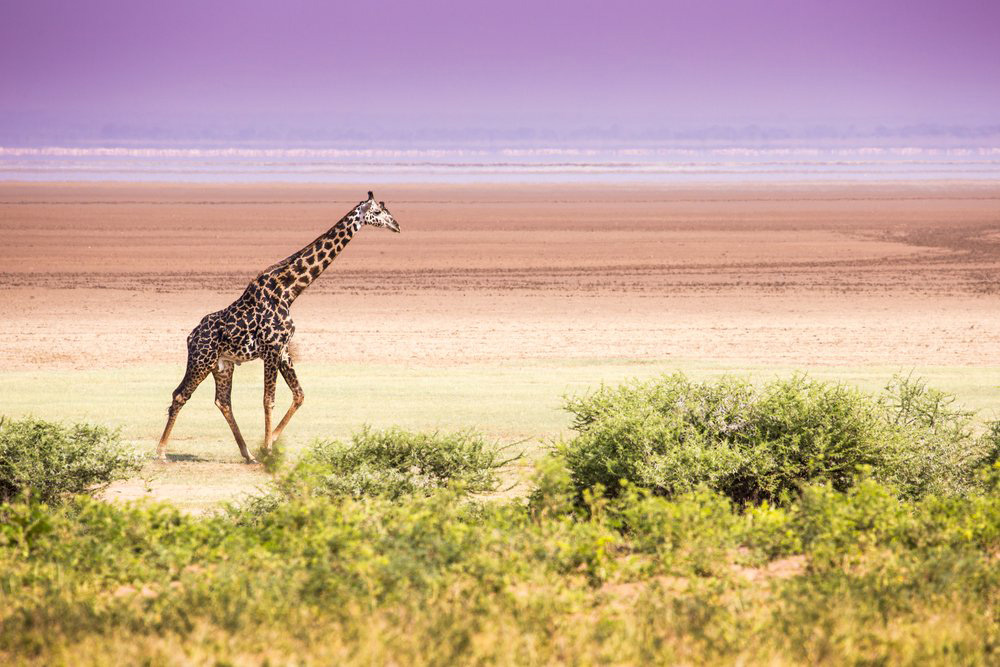A Taste of Tanzania 8 Days
A Taste of Tanzania - 8 Days
Day 1: Transfer from the airport to Arusha
Day 2: Arusha National Park, a gem at the foot of Mount Meru
Arusha National Park is a great introduction to a first African safari. Since there are no lions here, this beautiful park is often skipped, completely unjustly! Arusha National Park is located at the base of Mount Meru, whose rivers ensure that the park is evergreen. Savannah animals such as giraffes, zebras, gazelles, antelopes and elephants live here. Sometimes you will also find traces of leopards. The view of Mount Kilimanjaro is majestic and the Momella lakes are home to large flamingo colonies all year round. A unique resident of this park is the exotic black and white Colobus monkey that swirls high in the trees. The Park may even look familiar to you, because the movie Hatari! was once here recorded with John Wayne as Hardy Krüger, who had his farm here.
Day 3: Elephants and baobabs in Tarangire National Park
From Arusha it is about 2 hours’ drive to Tarangire National Park. This impressive park is known for the many elephants (more than 6,000) that gather along the Tarangire River, where they can quench their thirst. This beautiful park is also home to buffaloes, wildebeests, antelopes, giraffes, zebras, ostriches, lions, leopards and cheetahs. The Park is decorated with thousands of baobab trees, some of which are more than 10 meters wide. With more than 450 bird species, Tarangire is also a paradise for bird lovers. You will get a picnic lunch from the hotel, which you can take on a picnic place surrounded by little monkeys, with beautiful views over the river and the elephants. After a long day of touring, just drive a little further for a well-deserved shower and cold drink in the lodge or tented camp.
Day 4: Lion in trees? Yes, for sure, in Manyara National Park!
A Taste of Tanzania
Included in this tour:
- All transport mentioned in the program
- Game viewing in 4×4 Land Cruiser with pop-up roof, fridge, binoculars and charging points
- Services of a professional English-speaking driver guide
- Accommodation and meals as per itinerary
- Mineral water, coffee, and tea while on safari
- All Park, village, and concession fees
- Flight Serengeti-Arusha/JRO
- Government taxes and levies
- AMREF Flying Doctors evacuation insurance
Not included in this tour:
- Tourist visas $ 50 – 100 $
- Personal travel/medical insurance
- Optional activities not mentioned in itinerary
- Tips for driver guide and lodge/camp staff
- Any items of personal nature (laundry service, telephone/internet bills, souvenirs)
- Drinks during the meals
- International flights and departure taxes
Day 5: Big Five in the Ngorongoro Crater
With a diameter of 18 kilometres, an area of 260 km² and a 600-meter-high crater wall, the Ngorongoro Crater is the largest still intact crater in the world. From the edge you look out over this amphitheatre with impressive and breath-taking beauty. Green vast plains, rivers, forests, marshes and the often-white Lake Magadi form a home for about 30,000 animals. A lot of people want to witness this. As a result, it is no longer allowed to make a game drive longer than 6 hours per day. But this is enough to discover the whole crater. This Noah’s Ark is an ideal breeding ground for this unique ecosystem teeming with wildlife. Predators such as lions, leopards, cheetahs but also elephants, monkeys, zebras, gazelles, rhinos, buffaloes, wildebeest, and hippos live here. Most of these animals, whenever they want, can walk in and out of the crater through the steep crater walls as they please.

Day 6: Thousands of wildebeest and zebras in the Serengeti
Time to chase the big migration! In general, you will find impala, giraffe, hippo, hyena and often lions and other big cats such as leopards and cheetahs in Serengeti National Park. The migration, consisting of around 2 million animals, is on the move all year round. Usually, the wildebeest and the zebras during the short rainy season in October and November are to be found moving from the hills in the north of the Serengeti, to the plains in the south. During the longer rainy season of April, May and June they return north, always in search for green pastures. With fluctuations of annual rainfall, the exact location of the animals varies from year to year. Your guide however will try to establish the location of the herds and to get the best views. Naturally it also attracts a mass of predators, and you may be able to see a band of lionesses gather for a hunt.

Day 7: Keep on searching for game on the endless plains

Day 8: Back to Arusha

